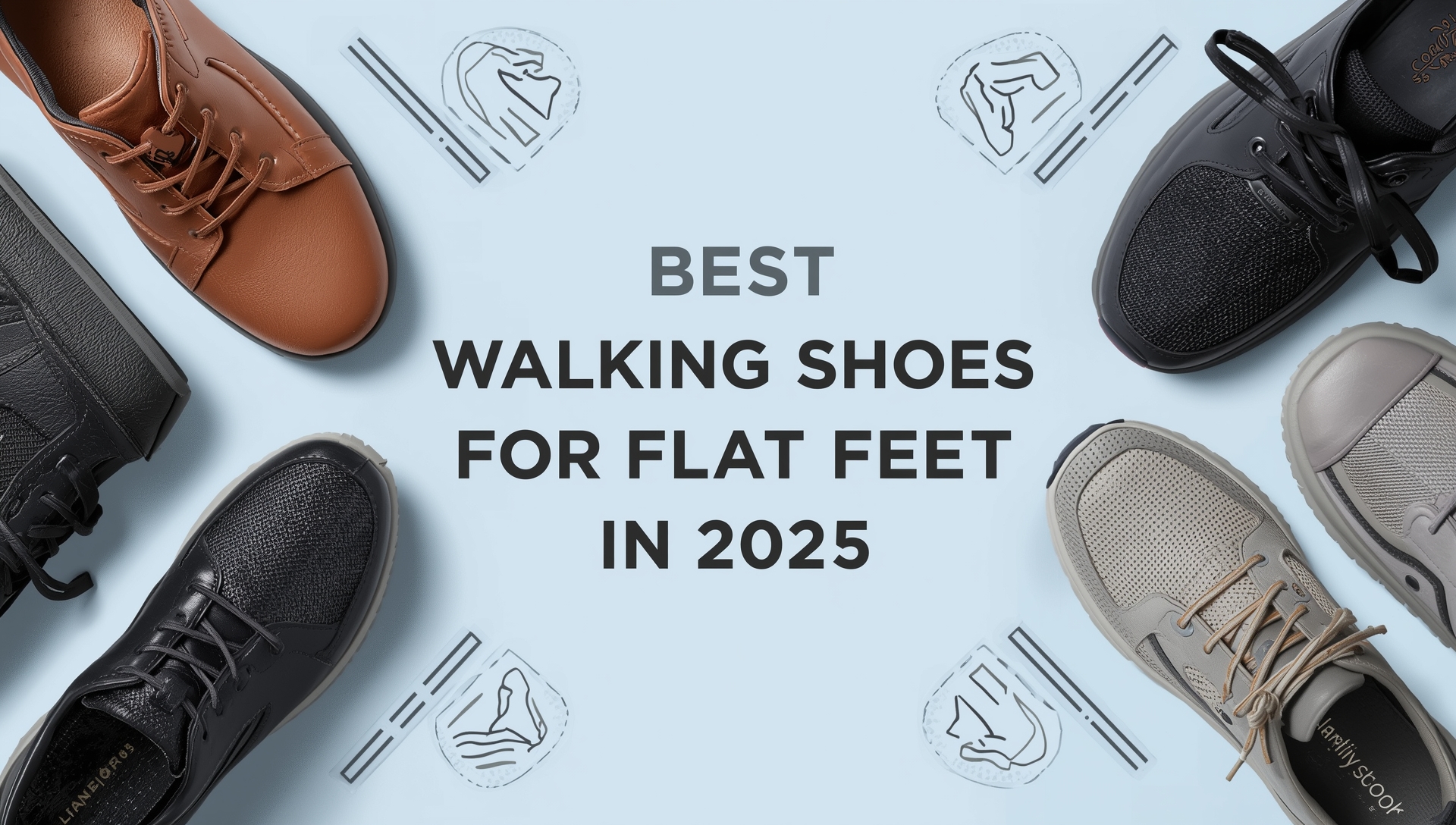
Best shoes for flat feet can make a real difference in daily comfort. Living with flat feet, also known as pes planus or pes valgus, means dealing with low arches that alter how your feet touch the ground. Over time, I’ve learned through personal use and professional overview that not every shoe works the same. This guide, created for educational purposes, is in no way meant to offer medical advice or a diagnosis, but it can help you know what really feels supportive.
From years of wear tests, lab tests, and real-world walking, I’ve singled out shoes across different categories that consistently perform well. Some of the best walking shoes are recommended for wide feet, while others are an excellent option if you’re planning to spend around $90. Each one I’ve chosen was carefully tested to ensure comfort that feels as light as a feather, no matter the cases or how much time you walk daily. This in-depth guide aims to cover what matters most: support and stability for those characterized by fallen arches.
The disclaimer here is simple, comfort tends to be highly individual, so while certain pairs may be the best fit for me, your experience might differ. Still, having a reliable overview makes the journey to finding the right walking shoes far less overwhelming.
How we test walking best shoes for flat feet?
When it comes to walking shoes for flat feet, I take real pride in producing content built on transparent reviews rather than hype. I like the idea of sharing only what I actually use, and I’m upfront about what I dislike. Every pair I’ve tested is bought with my own money, because that’s the only rule I follow strictly to avoid being biased toward brands.
Our testers, including fellow flat footers, put in serious effort to walk, stand, jog, and even work out in different models. These realistic experiences help us collect data not just from casual use, but also through wear-testing and lab tests. From shock absorption to breathability, flexibility, and water tightness, we look at every angle before calling any pair one of our favourites.
In order to determine which shoes deserve to be recommended, we put them through standardized tests that measure support, midsole firmness, and stiffness. Given time, we’re able to gain a deeper understanding of what works and why. It’s a personal journey as much as it is professional, because we also rely on ourselves as subjects to ensure realistic outcomes.
Before we proceed, I think it’s fair to discuss why this approach matters. Many people buying walking shoes don’t realize the lengths we go to in order to accomplish fair results. Every review we share is meant for readers who deserve honest insights, not sponsored promotions.
Another Solution of your Problem: 5 Best Socks for Flat Feet in 2025
In some cases, the process can feel slow, but the reason behind that is accuracy. We don’t rush into naming a model the best, it has to earn its place through careful starting points, repeated trials, and proper evaluation of every subject. That’s how we ensure the reviews stay trustworthy and useful.
Check Prices at Amazon
For anyone with flat feet, the Brooks Adrenaline GTS 24 has stood out as a leading walking shoe in my experience. Its arch support and joint protection allowed me to cover long distance during casual strolls without strain. Backed by lab tests, the shoe’s GuideRails technology focuses on securing feet while maintaining freedom of movement through a malleable midsole that feels centered and stable.
During my assessment, I noticed how the midsole walls seem to embrace the foot, staying resistant to over-rotation and showing solid torsional rigidity in the bend test. The reinforced medial post helps prevent arch collapse, while the slight stiffness works well longitudinally to maintain alignment. Scoring a strong 4/5 score, it showed proven ability to remain adaptive yet stable, something rare in alternatives I’ve tried.
In terms of comfort, the cushioning shined most in the shock absorption test, offering consistent impact protection. I felt a subtle sink-in feel without losing balance, with near-average scores like 121 SA heel and 96 SA forefoot, confirming stability in both zones. Even during the latter part of the day, the shoe remained comfortable, almost effortless, making it easy to wear for hours. Weighing just 10.3 oz (or 291g), it feels truly lightweight compared to bulkier alternatives, and that adds extra relief while walking. What I personally discovered is how it keeps me maintaining good posture and enhanced stride efficiency without extra fatigue. Overall, it has become a proven favorite for flat-footed walkers like me, offering both everyday comfort and long-lasting stability.
Check Prices at Amazon
When I first tried the Brooks Glycerin GTS 22, I realized why it’s often praised as one of the best walking shoes for people with fallen arches. Not only had it been thoroughly tested in the lab, but in my own use, the exceptional support and generous cushioning created a sense of heavenly comfort that’s rare. For flat-foot walking, it managed to reduce localized tension and minimize unwanted stress during longer strolls.
In terms of protection, its shock absorption stood out, delivering reliable impact protection through its impressive stack of 37.8/27.7 mm. The feeling of unlimited cushioning made all-day walking achievable without fatigue. Backed by a high score and measurable results like 122 SA durometer, the shoe showed a firm sensation yet maintained a stable sensation underfoot with 24.1 HA foam and 27.6 HA heel, ensuring consistently steady landings.
The GuideRails system works alongside the midsole sidewalls, actively resisting unwanted twists and lateral movements, keeping the body centered and reducing risk of injuries. In my manual assessment, the shoe earned a 4/5 torsional rigidity, which gave me a confident stride and a truly stable ride even on uneven paths. This combination of support and balance clearly mitigates the risks often faced by flat-footed walkers.
Despite the plush cushioning, the weight remains reasonable with only a 14.7% difference from the average, avoiding any red flag issues that heavier models can pose. For those looking for a reliable sporting shoe, the Glycerin GTS 22 has proven itself not only in structured reviews but also in real-world use, delivering stability, comfort, and the balance that flat feet demand.
Check Prices at Amazon
The ASICS Gel Kayano 32 immediately caught my attention during on-foot testing thanks to its luxurious cushioning and surefootedness for flat feet. With a stable platform and solid support, it provides lasting comfort across every step. Lab tests confirm the Hybrid ASICSGRIP outsole delivers durable walking shoe performance on both wet surfaces and dry surfaces.
Through extensive testing including traction test and Dremel test, the shoe scored 0.84, showing reliable grip and 30.0% less damage thanks to strategically-placed rubber. The thick 4.5 mm rubber outsole ensures durability while maintaining flexibility, letting overpronating strides feel supported without compromise. Each mile walked feels stable, giving confidence even in alternatives I’ve tried.
The 32nd version brings a fresh look and technical updates like PureGEL in the rear for softer landings and a cloud-like heel-first shock absorption score of 133 SA, keeping my legs fresh throughout the day. The 4D Guidance System, midsole sidewalls, and expansive base provide excellent foot alignment, while caliper measurements like 119.8/97.2 mm midsole width confirm precise fit and stability.
During bend tests, it proved 12.7% stiffer than average, yet still delivers a natural sensation that makes size selection forgiving. The generous heel 39.9 mm absorbs impact, while PureGEL ensures softer landings for heel-first walkers. From my experience, the ASICS Gel Kayano 32 has emerged as a true champion in durable walking shoes for flat-footed users who value comfort level, alignment, and long-lasting performance.
Check Prices at Amazon
The Hoka Gaviota 5 quickly became my go-to for flat feet during outdoor testing and lab analysis, earning its place as one of the best walking shoes. Its accommodating fit and wide feet design work wonders for broad feet, while subtle stiff elements like the H-Frame help stabilize ride and enhance comfort during long walks. The ventilated mesh upper ensures excellent breathability, keeping the foot cool without sacrificing cushioning.
The midsole and spacious base measure 125.1/106.6 mm, making it one of the widest options available and providing security for every stride. This generous platform improves foot alignment and mitigates localized pain in the arches, while the plush 12.9 HA foam and 22.0 HA cushion absorb firmer landings effectively. Even for pairs of long walks, the shoe maintains control without feeling intrusive.
The toebox is thoughtfully designed with generous space and natural toe splaying, measuring 83.1 mm in the big toe area, so restricted front movement is minimized. The breeze mesh upper contributes to a high breathability score, while the low 2.2 mm drop provides calf support for those accustomed to higher drops, making each step feel perfect for extended walking sessions.
From my personal use, the Hoka Gaviota 5 offers the rare combination of a platform that balances comfort, support, and stability. Its arches are well-supported, foot alignment stays intact, and localized pain is greatly reduced. For those with wide feet and flat feet, this shoe is truly a cup of tea, delivering a secure, natural, and comfortable stride.
Check Prices at Amazon
The Hoka Arahi 7 impressed me immediately during test results, standing out as the ultimate lightweight walking shoe for flat feet. With a weight slashed to just 9.4 oz (266g) on a digital scale, it delivers a weightless experience while maintaining gentle support through reinforcing features. Its J-Frame technology and stabilizing sidewalls keep every step aligned and centered, offering rigidity without feeling overbearing.
The shoe’s substantial base measures 120.7/97.5 mm for forefoot and heel, paired with a balanced platform of 7.2 mm, ensuring steadiness and comfort for long walks. Compared to an average walking shoe, it is 64.2% stiffer, yet the midsole absorbs shocks effectively, while its durometer rating and 13.7% firmer density provide a supportive nature that flat-footed walkers need.
The knit upper is premium to the touch and provides excellent breathability, making it versatile for warm weather or cooler seasons. Its height and platform widths are perfectly measured to reduce strain, keeping feet free from the burdening load that heavier shoes might impose. This combination allows for a balanced platform and natural gait while maintaining stability. From personal experience, the Hoka Arahi 7 is the kind of pair I can confidently recommend. It maximizes comfort, keeps feet aligned, and the stability it offers rivals much heavier options. While it lacks extreme cushioning, its supportive nature and lightweight design make it ideal for anyone seeking a weightless, steady ride.
Check Prices at Amazon
During wear tests and lab analysis, the Brooks Addiction Walker 2 proved to be a standout for flat feet, offering immense support and security through its sturdy construction. The balanced midsole ensures confident strides over countless hours, making the foot feel comfy while walking. Its reputation as the best leather walking shoe comes from the all-leather AW2 shoe’s undeniable quality and approval among long-time walkers.
The upper and toebox excel in the Dremel test, scoring 5/5, with materials resistant to wear and tear. The outsole is robust, 2.9 mm thicker, and 11.6% harder than average, giving the underfoot comfort and enhanced stability. Its above-average stack and balanced foam maintain the shape under heavy loads, while arches are fully supported by 25.9 HA cushion in the midfoot.
The Extended Progressive Diagonal Bar provides reliable support, reducing excessive movements and maintaining centered arches even during fatigue-induced changes in foot strike. The sturdy build does add weight, with the AW2 coming in at 13.7 oz (388g), 39.6% heavier than an average walking shoe, but the support and stability are undeniable for long walks. From my experience, the Brooks Addiction Walker 2 combines comfort, robustness, and precise foot alignment in one sturdy build. The upper, midsole, and outsole work together to reduce excessive movements, keep arches supported, and maintain balance across all surfaces. Its design proves that a leather walking shoe can deliver both comfort and confidence for flat-footed walkers.
Check Prices at Amazon
The Skechers Arch Fit 2.0 has emerged as an outstanding pair of walking shoes for flat-footers, combining supportiveness and cushioning with a wide base that provides impact protection. With a $90 price, 23.1% lower than average alternatives, it’s a superb trade for thrifty spenders who want comfort without compromising quality. Its platform measures 114.5 mm forefoot and 90.9 mm heel, creating a wide surface area for steady strides.
The combination of a well-balanced flexibility and a bent shoe design ensures that the force exerted during walking is effectively countered, reducing excessive pronation while keeping the foot aligned. The shoe promotes firm footing and prevents overwork of foot muscles, letting every step feel controlled. Its wide base supports reduced pronation without making the shoe feel stiff or unnatural.
In Dremel and durability tests, the heel padding and toebox scored well, though heavy users might see scoring 1/5 or 2/5 in harsh users scenarios. Despite this, the affordability and comfort make it easy to recommend for everyday walking. Even for extended walks, the wide base and platform provide a steady and well-balanced stride.
From my experience, the Skechers Arch Fit 2.0 proves that a budget option can deliver supportiveness, cushioning, and durability for flat-footed walkers. While it may not suit everyone, it’s perfect for thrifty spenders looking to combine quality with value. The foot feels supported, pronation is reduced, and the heel and forefoot maintain comfort even after long miles.
Check Prices at Amazon
The Hoka Mach 6 stands out as a top choice for those seeking a lightweight yet responsive daily trainer. Its supercritical EVA foam midsole delivers a bouncy, energetic ride, making it ideal for speed workouts and tempo runs. The shoe’s moderate stack height and rocker geometry promote a natural gait cycle, enhancing efficiency during runs. The creel jacquard mesh upper offers breathability and a snug fit, ensuring comfort during longer sessions.
Additionally, the dual internal gusset and anatomical tongue design contribute to a secure foot lockdown. While the Mach 6 excels in responsiveness, it may not provide the plush cushioning preferred by those accustomed to more cushioned trainers. Its lightweight construction and versatile performance make it a favorite among runners seeking a balance between speed and comfort.
Do you need shoes for flat feet?
Deciding if you need shoes for flat feet depends on how your arch and foot handle weight-bearing activities. Some people with rigid or flexible flat feet may manage without special shoes, while others experience elevated stress or visible discomfort. This guide helps identify the type of flat-foot condition and how it should be handled.
Not every case requires surgery, but the right shoes always help focus on support and alignment. Choosing footwear that supports both non weight-bearing and weight-bearing movement can prevent strain and address the missing support that flat feet often need.
Symptoms of flat feet
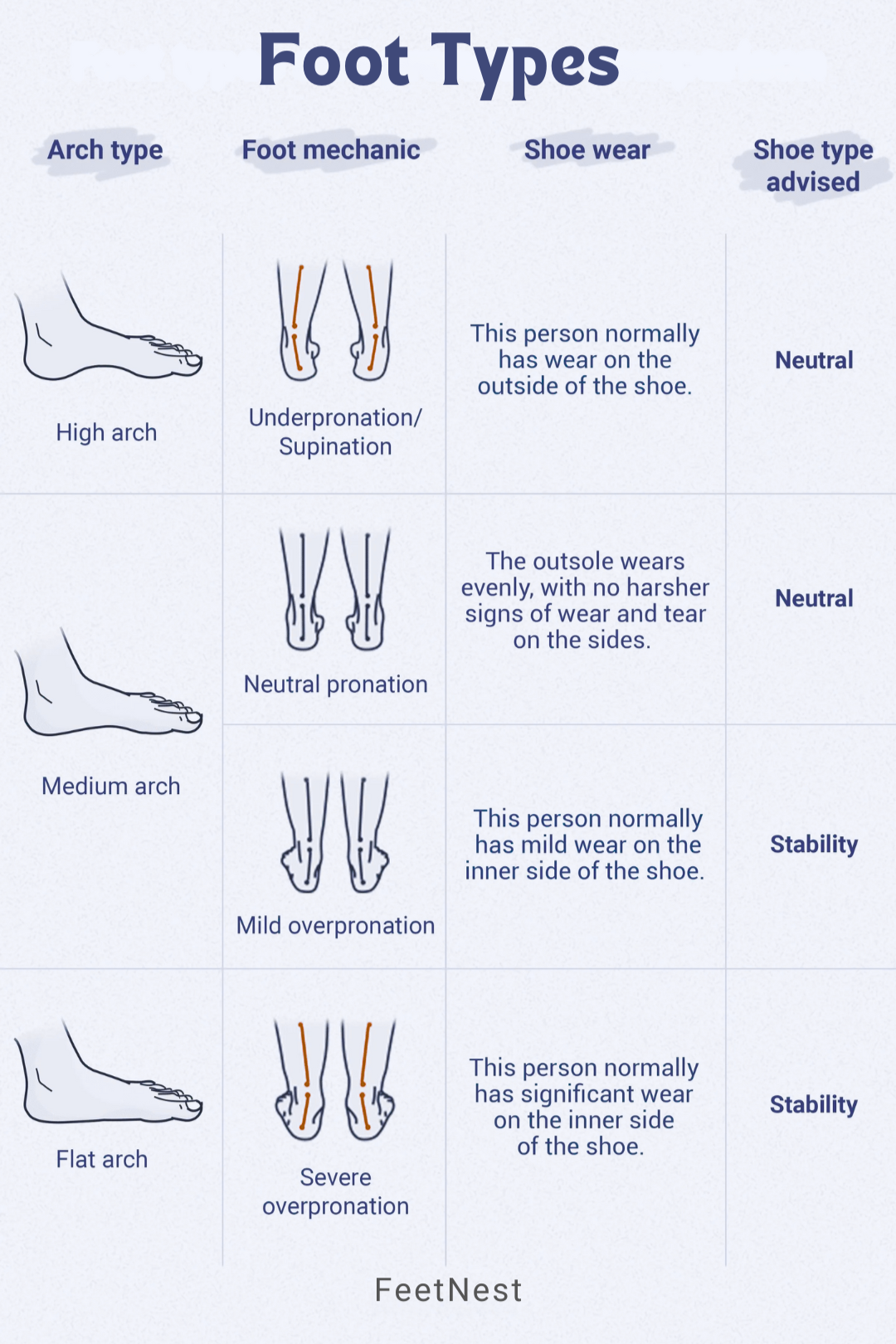
May Be This Can Solve Your Foot Pain Problem: How to Relieve Foot Pain Naturally
- Flat feet often cause overpronation, leading to rolling inward during walking.
- Common symptoms include painful, achy feet, leg pain, and back pain.
- Swelling along the inner side of the foot and feeling tired easily are frequent signs.
- A visual representation of the foot can help identify the condition quickly.
Discover your arch type
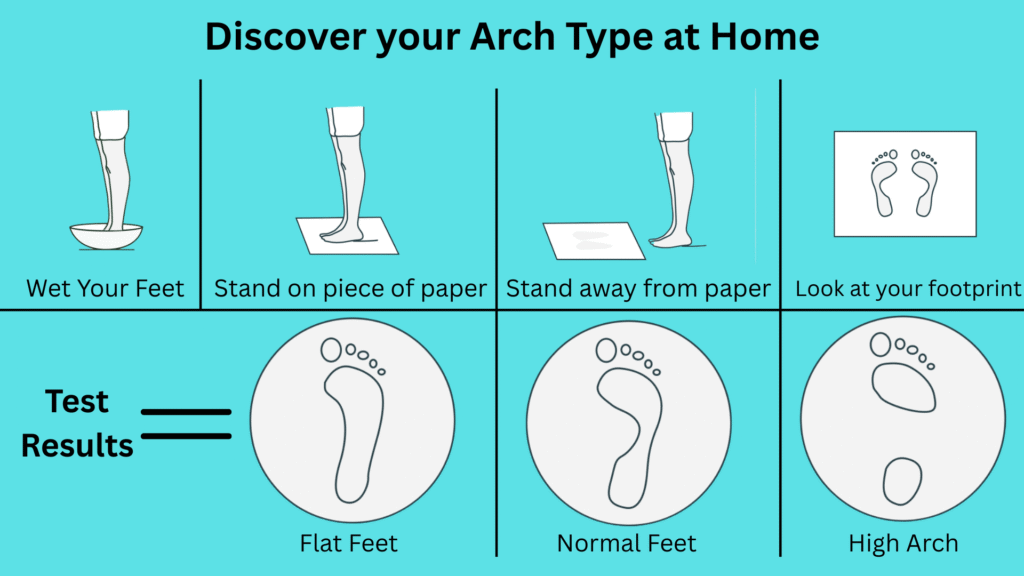
Understanding your arch type is crucial for selecting the right shoes for flat feet. A simple wet test involves dipping your soles in a water basin, stepping onto paper, and observing the moisture to reveal your footprint. This can show whether you have a flat arch or a noticeable curve between forefoot and heel.
Analyzing the shape of your footprint helps a podiatrist or even yourself gauge pronation, tibia rotation, and heel deviation during barefoot movement. Paying close attention to these signs gives a more complete picture of your feet.
Even a small difference in your arch type can impact shoe choice, support needs, and walking comfort. Understanding this helps prevent strain, align your feet properly, and improve overall foot mechanics.
Sometimes insoles of shoes may cause problem, read this article to find what is the real problem
so Read this: 7 Best Insoles for Flat Feet: Expert Choice
6 Features of walking shoes for flat feet
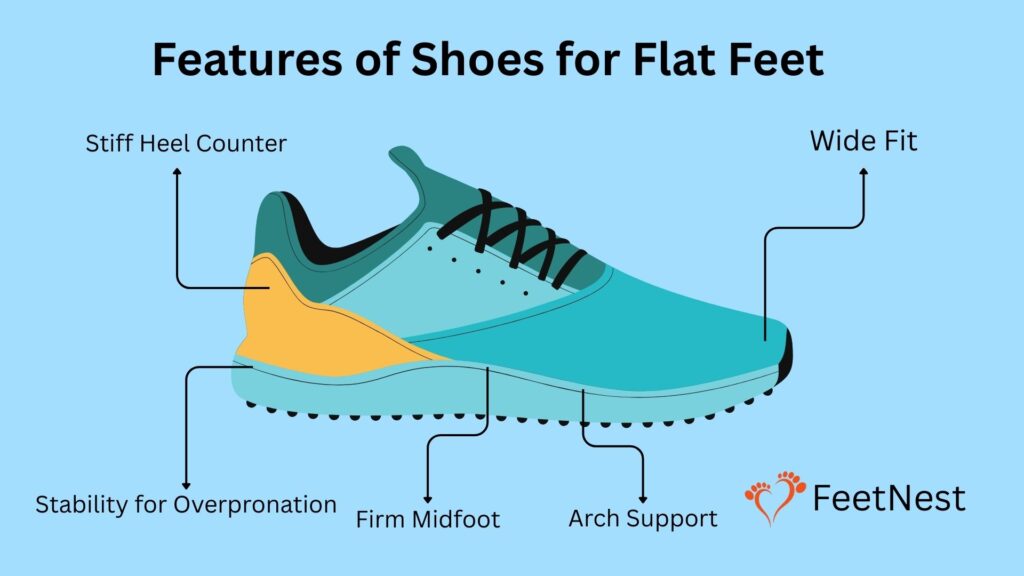
1. Arch support
When selecting walking shoes for flat feet, proper arch support is key:
- Arch support ensures natural movement and keeps the foot comfortable during long walking sessions.
- Research study shows that oxygen consumption is decreased in individuals with flatfoot when wearing insoles that provide suitable arch support.
- Using proper arch support is beneficial for uphill and downhill walking, reducing muscle fatigue in the rectus femoris and quadriceps muscles.
- Walking exercises become more effective as arch support helps persons maintain alignment and prevents decreased oxygen uptake during movement.
2. Stability for overpronation
Proper stability is crucial for overpronation in walking shoes:
- Stability features help overpronators distribute weight evenly across the foot, reducing strain on arches and joints.
- Key features in overpronation shoes include reinforced midsoles, structured heels, and firm support that keep the foot stable during walking.
- Experts have explained in detail that shoes with stability for overpronation improve alignment and prevent excessive inward rolling, making them a top choice in our guide.
3. Stiff heel counter
A stiff heel counter plays a vital role in walking shoes for flat feet:
- The stiff heel counter provides heel support, keeping the foot from excessive rolling inward during walking.
- Combined with a padded heel, it ensures comfort while maintaining a snug fit in the heel area.
- A proper stiff heel and counter improve overall stability, making each step secure for flat-footed walkers.
4. Firm midfoot
A firm midfoot is essential in walking shoes for flat feet:
- The firm midfoot section of shoes provides stability, preventing the feet from unwanted twist or torsional movement.
- While the midfoot is firm, the soft side areas allow flexion, letting the shoe move easily with each step.
- This balance between firm and soft ensures controlled degree of motion, reducing fatigue and enhancing overall comfort for flat-footed walkers.
5. Wide-fit shoes
Choosing wide-fit shoes is crucial for people with flat feet:
- Wide-fit shoes allow flat-footed people to choose wide models that prevent the shoe from squishing or squeezeing the sides and toes.
- These shoes provide extra room at the top, reducing pressure points during walking.
- Opting for wide-fit shoes ensures comfort, prevents toe crowding, and supports proper foot alignment for all-day wear.
6. Removable insole
Using a removable insole is a key feature in walking shoes for flat feet:
- The removable insole makes it handy to swap or upgrade insoles according to personal comfort.
- It helps you decide whether to buy additional orthotic inserts or keep the pair as is.
- For flat feet, this feature ensures better support, cushioning, and a customizable fit for long walks.
Using a removable insole is a key feature in walking shoes for flat feet:
- The removable insole makes it handy to swap or upgrade insoles according to personal comfort.
- It helps you decide whether to buy additional orthotic inserts or keep the pair as is.
- For flat feet, this feature ensures better support, cushioning, and a customizable fit for long walks.
Average price of walking shoes for flat feet
When looking at the average price of walking shoes for flat feet, the MSRP or manufacturer suggested retail price can often appear higher than expected. Other shoes on the market may seem expensive, but those tagged with supportive features for flat feet justify the cost.
It’s important to always look for good deals and discounts, which can significantly reduce the price per pair without compromising quality. Database checks and online reviews can help you see which models offer more value when compared to their average MSRP. For walking shoes designed for flat feet, you also need to consider durability and comfort at the listed price, since the average can vary on brand, design, and support technology. We recommend comparing multiple shoes for the best balance between cost and performance.
FAQs
What causes flat feet?
Flat feet can develop due to hereditary or acquired reasons, with obesity, aging, pregnancy, and certain health conditions as key contributors. Studies show that excessive tension in the triceps surae and calf muscles, along with posterior tibial tendon dysfunction, ligamentous laxity, and weakness in the spring ligament or supporting plantar ligaments, can lead to collapse of the arch. The flattening effect is often caused by a combination of muscular, bony, and supporting structures providing too little support under force.
Does flexible flatfoot require treatment?
Flexible flatfoot may not always need treatment, but studies show that arches influenced during walking or climbing stairs have significantly increased plantar stress compared to a normal foot. Using orthotic insoles or foot insoles can prevent further deformation, improve foot alignment, decrease energy consumption, and provide improved support for people with flat feet.
Can walking barefoot fix flat feet?
Evidence suggests that walking barefoot can help strengthen muscles and slightly increase arch height in some people with flat feet, but it rarely changes the condition completely. For lasting support, combining barefoot strengthening with best shoes that properly support the foot is more effective.
Which shoe brand is best for flat feet?
For Lightweight. Hoka Arahi 7.
For Best Budget. Skechers Arch Fit 2.0.
For Wide Feet. Hoka Gaviota 5.
For Overall. Brooks Adrenaline GTS 24.
Best Leather Shoe. Brooks Addiction Walker 2.
For shock absorption. Brooks Glycerin GTS 22.
For durability. ASICS Gel Kayano 32
What do podiatrists recommend for flat feet?
Podiatrists often recommend arch supports, either non-prescription or custom-designed, molded to the contours of the feet to relieve pain caused by flatfeet; while they do not cure the condition, they effectively reduce symptoms and are widely recommended for comfort and support.
Do flat feet need more arch support?
No, flat feet do not always need high arch support; in fact, too much rigid support can cause discomfort or pain, whereas low arch or medium arch options are designed to provide stability, distribute pressure, and accommodate flexibility for people with flat feet, unlike high arches that may create unwanted pressure points for someone with this condition.
Is it possible to fix flat feet?
Yes, flat feet can often be fixed in most cases as the majority of patients respond to stretching exercises, orthoses, shoe inserts, and supportive footwear, while surgery is only considered if conservative treatment does not relieve symptoms effectively.
Can losing weight fix flat feet?
Yes, losing weight can help relieve pain and symptoms in flat feet when obesity is the primary cause, as weight loss reduces the amount of stress the feet need to bear and help improve overall comfort for those experiencing discomfort.
What sneakers are good for flat feet?
For flat feet, some of the top sneakers include Asics GT-2000 9 for excellent arch support and stability, Brooks Beast 20 offering maximum support and cushioning, and Altra Provision 5 with a stable, supportive design and ample cushioning, all designed to keep your feet comfortable and well-supported throughout daily activities.
Are flat feet genetic?
Yes, flat feet can be genetic, as the causes often inherit from parents as an isolated trait, particularly in children with hypermobility or being double jointed, though some may develop the condition over time due to other genetic conditions.


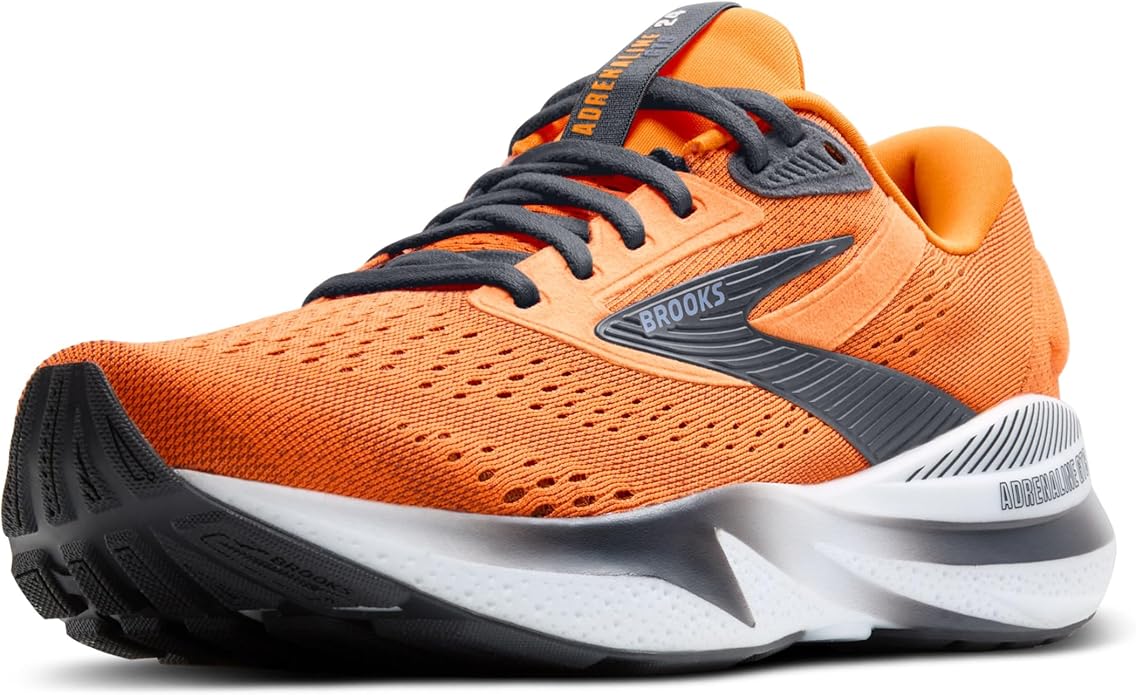
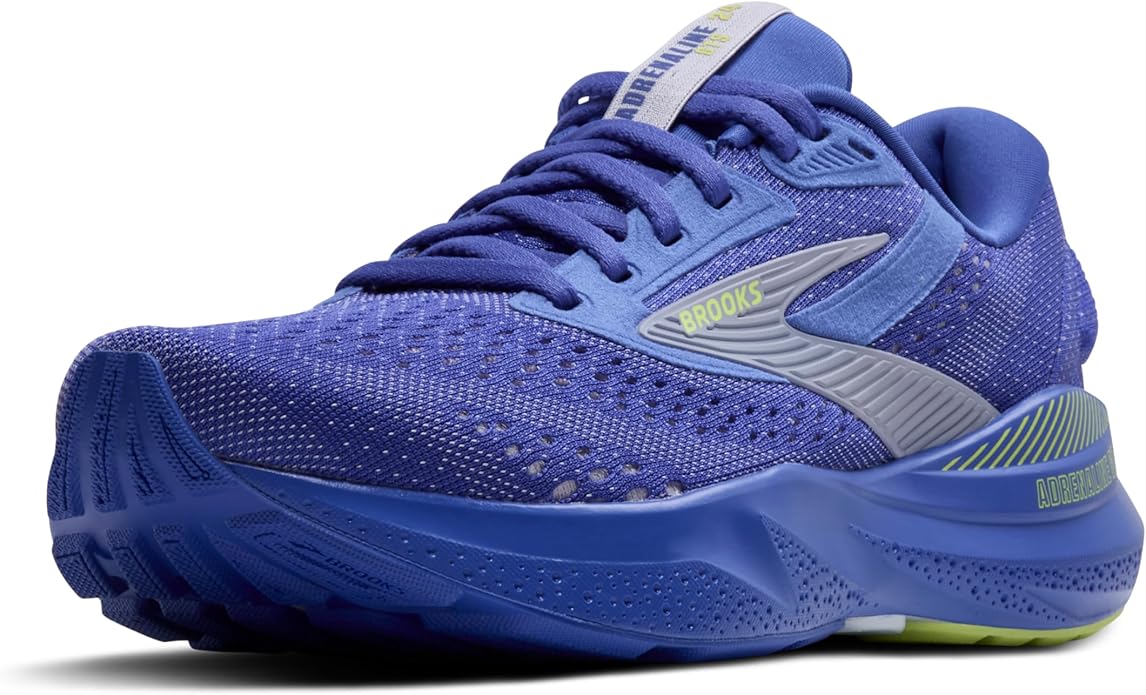
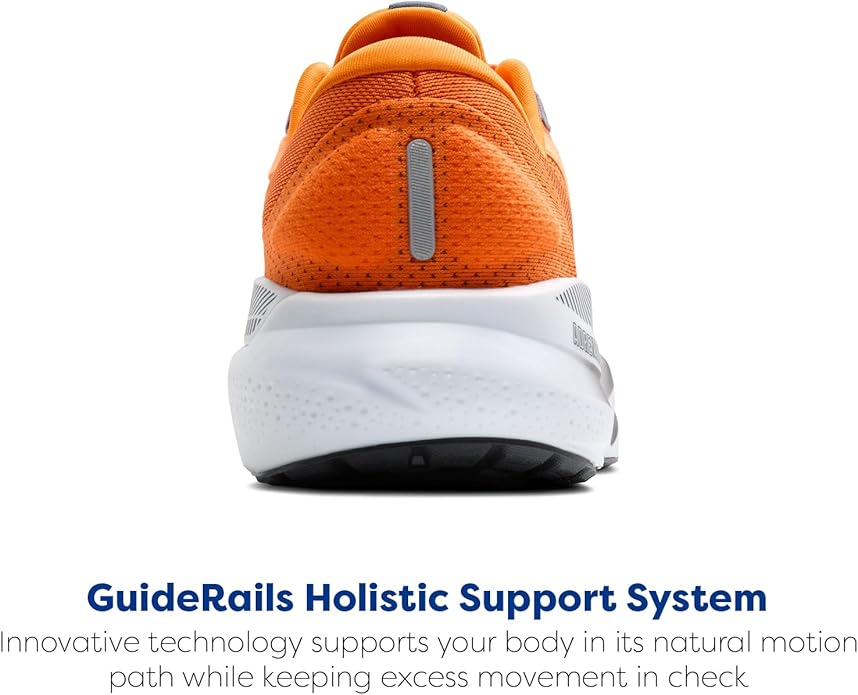
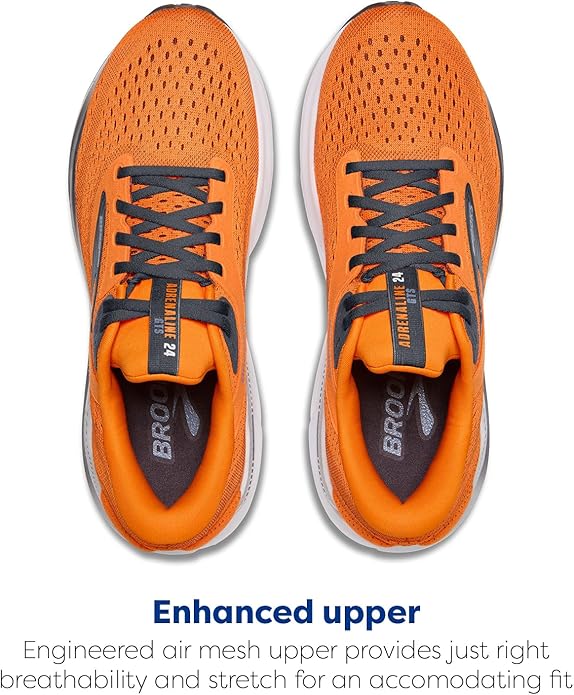
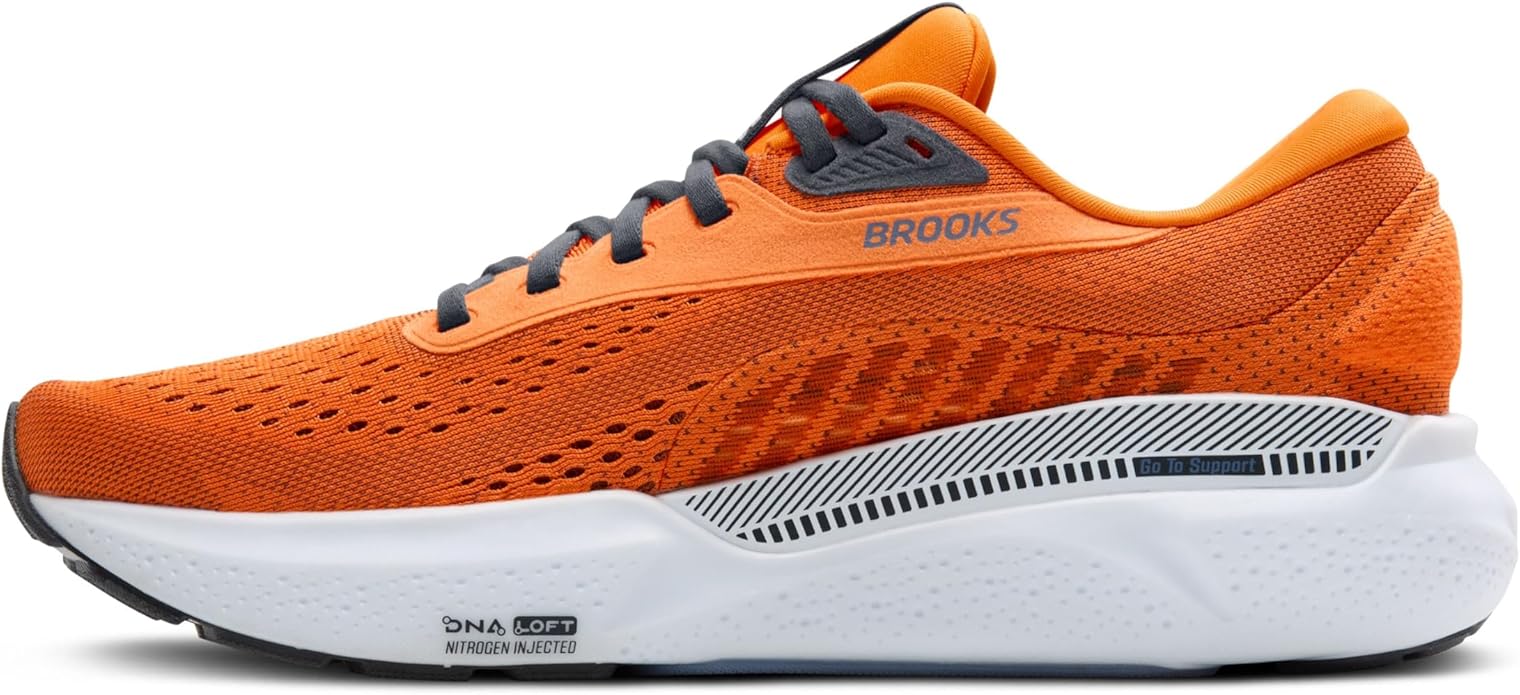
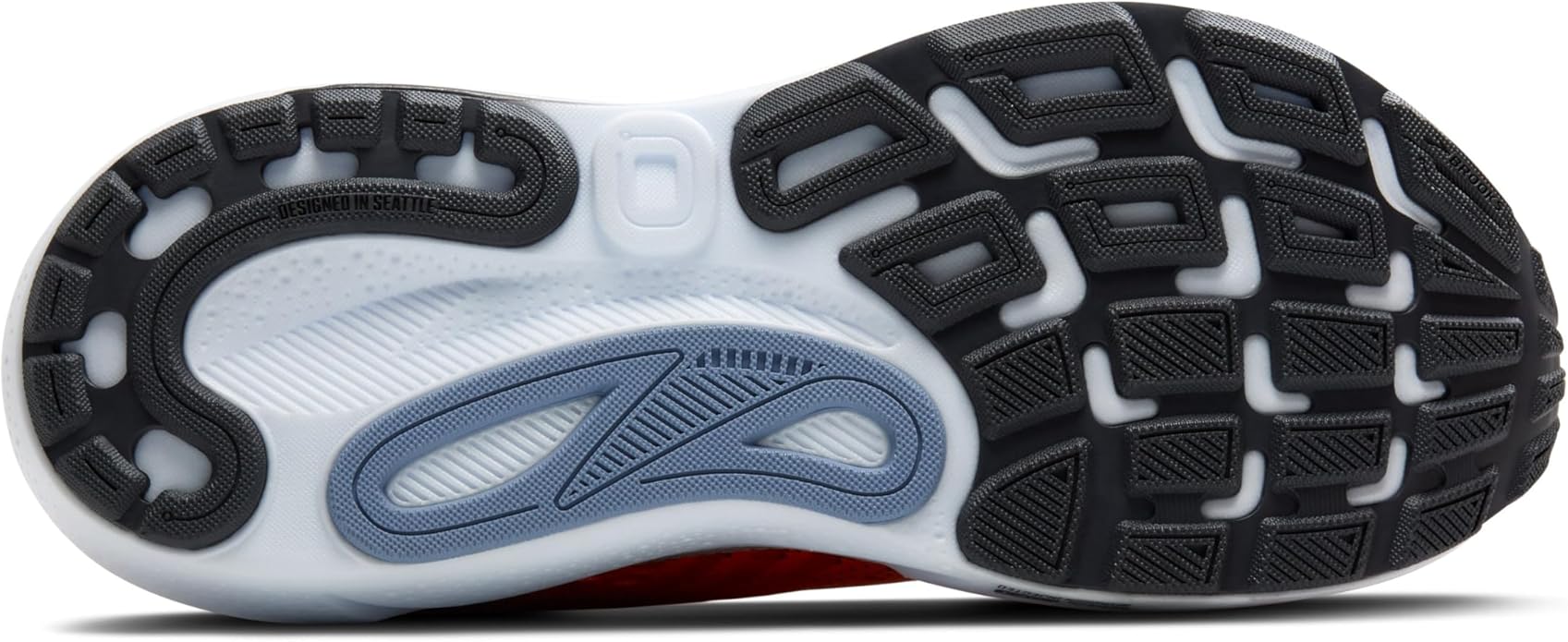
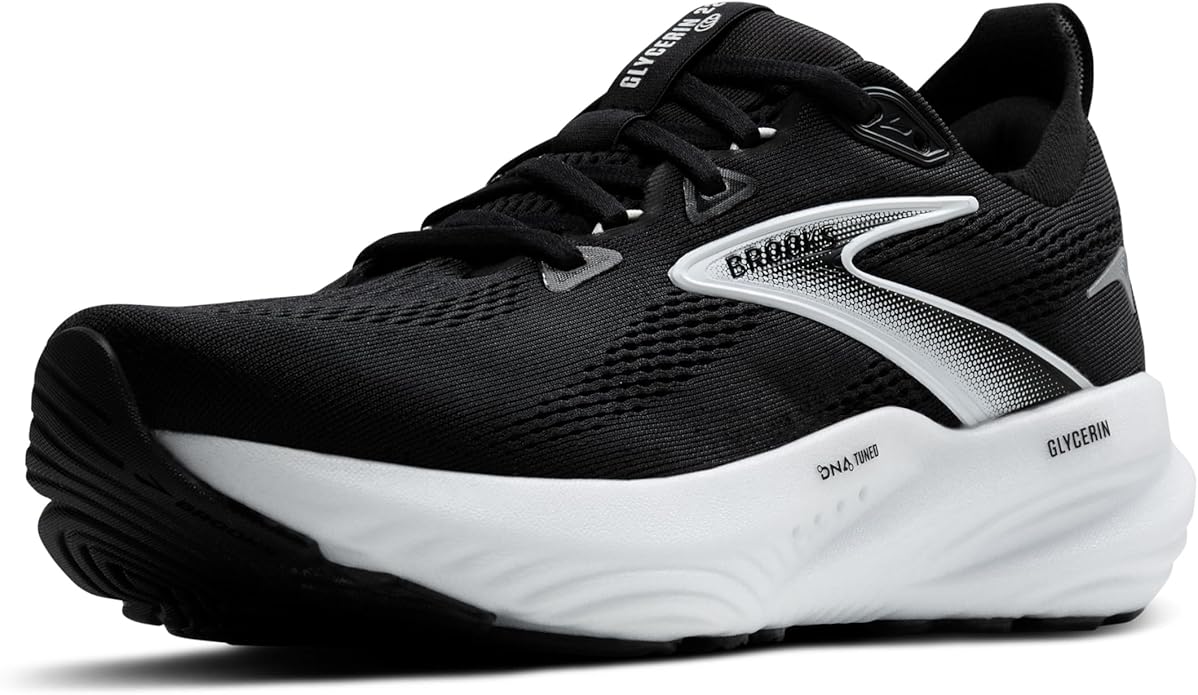
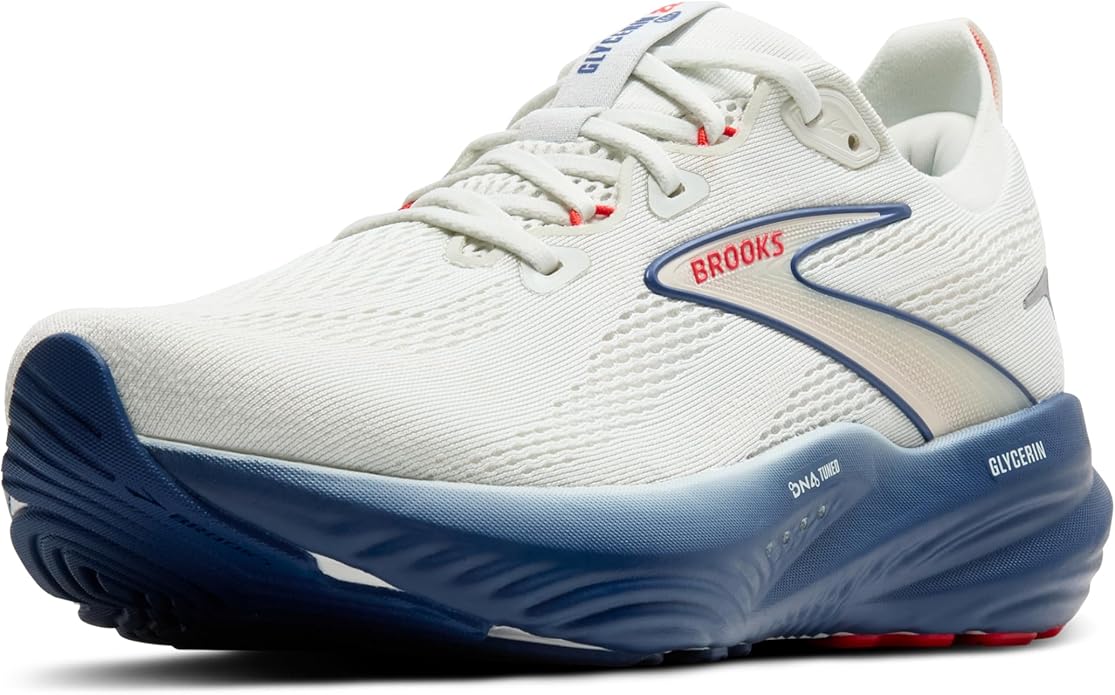
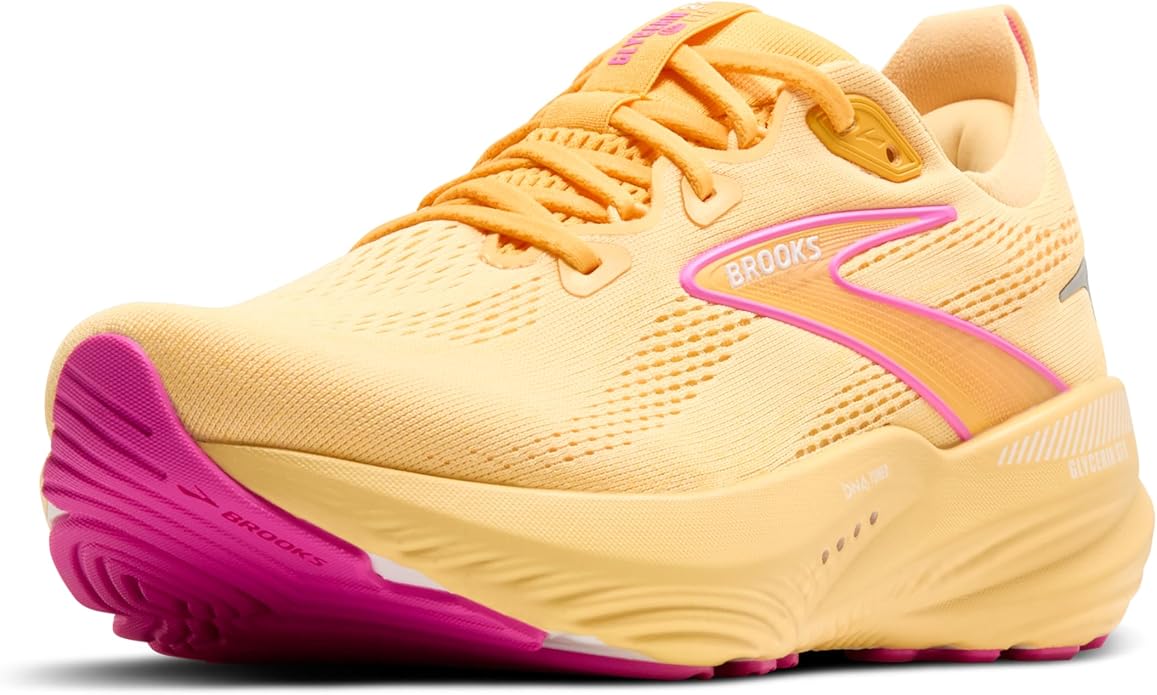
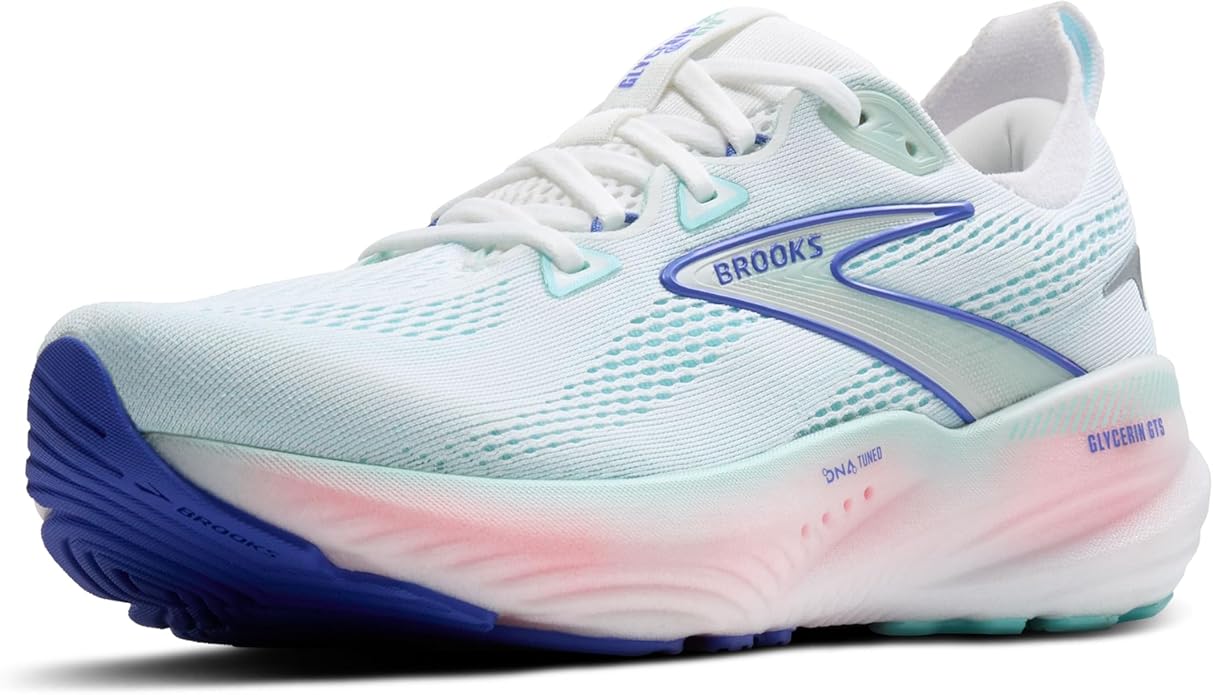
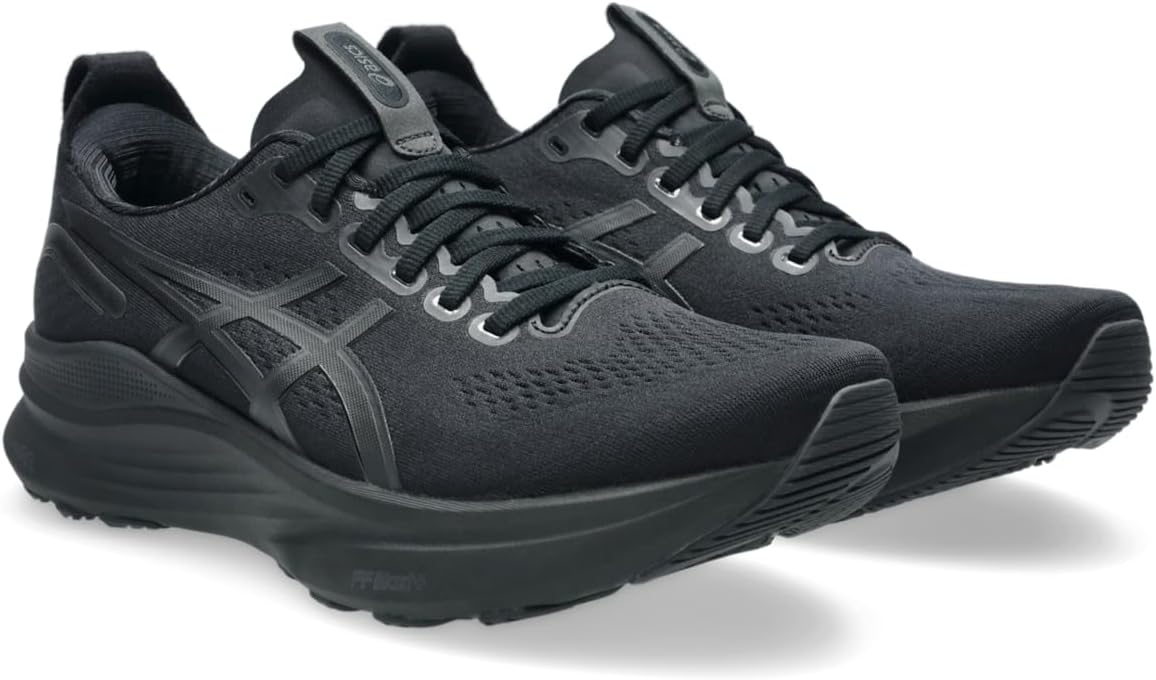
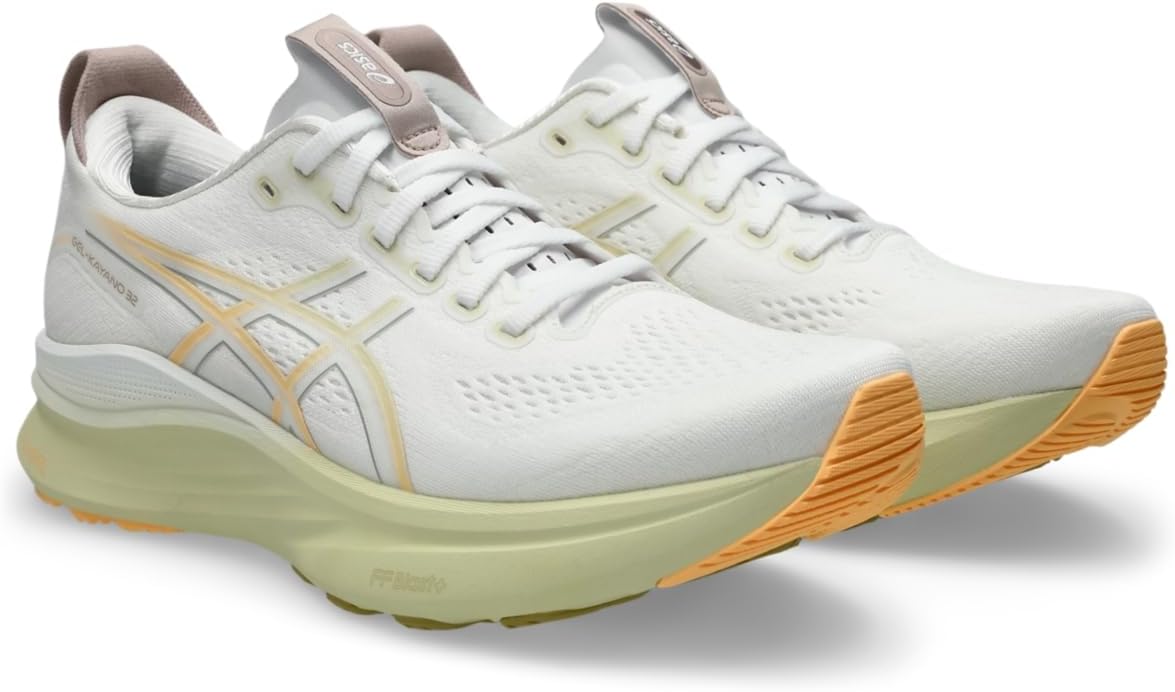
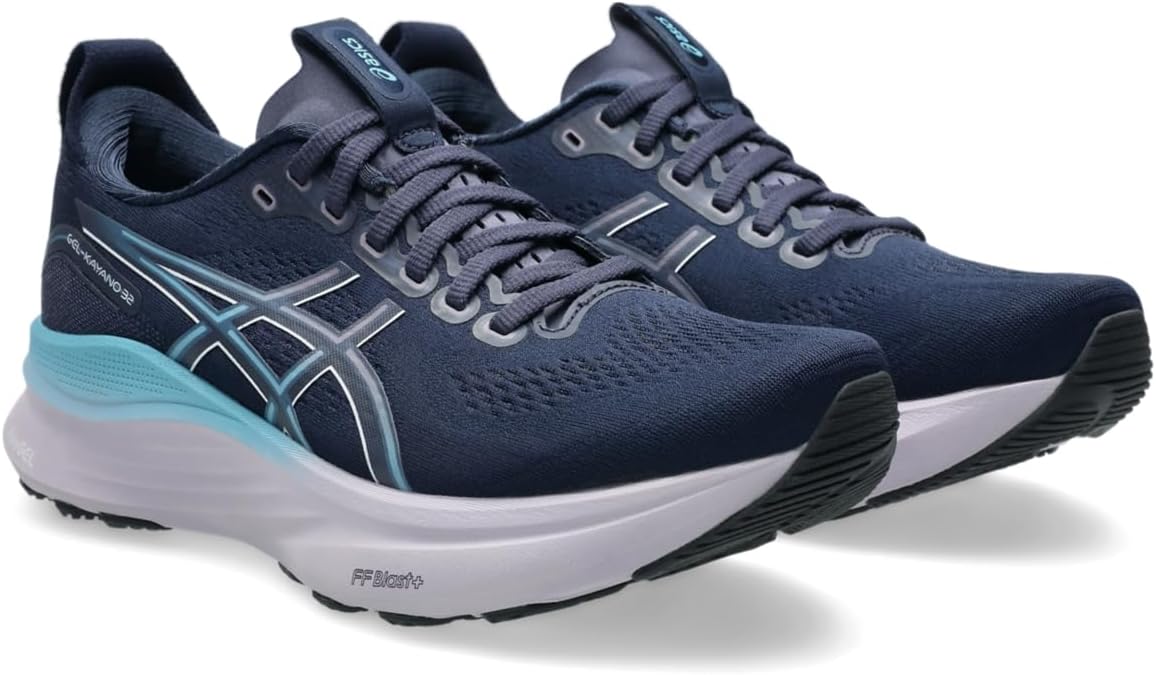
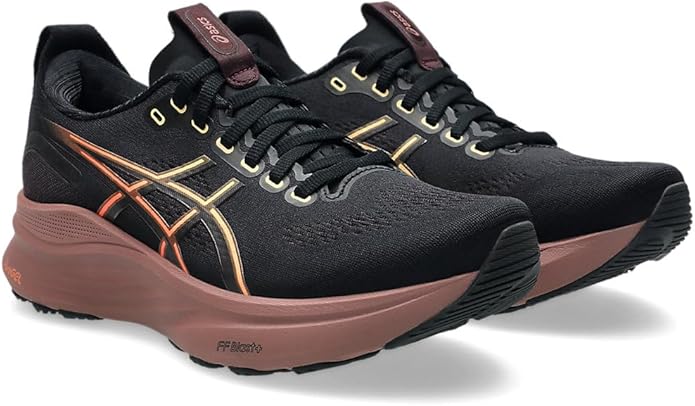
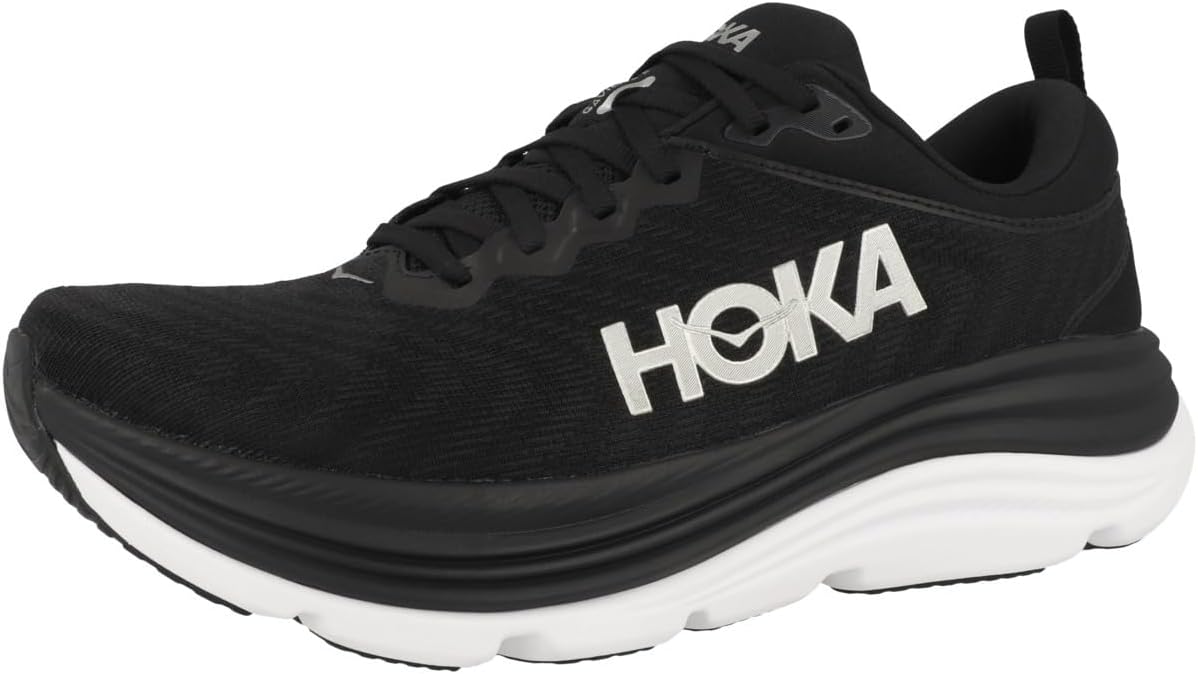
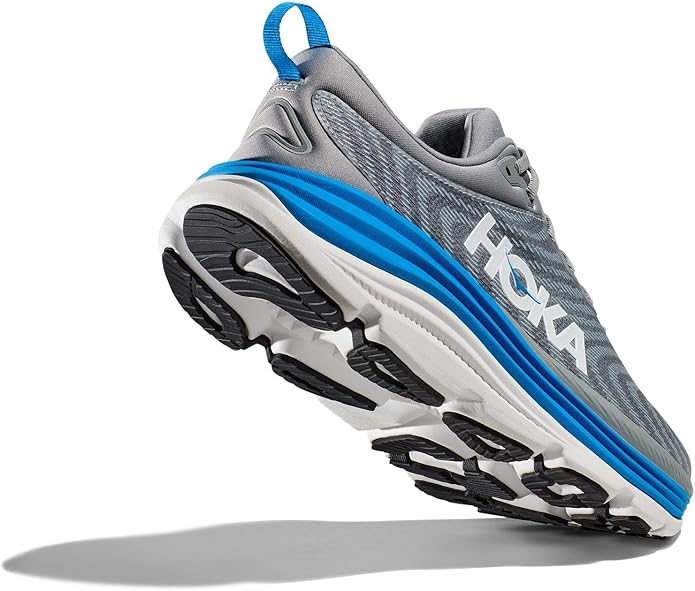
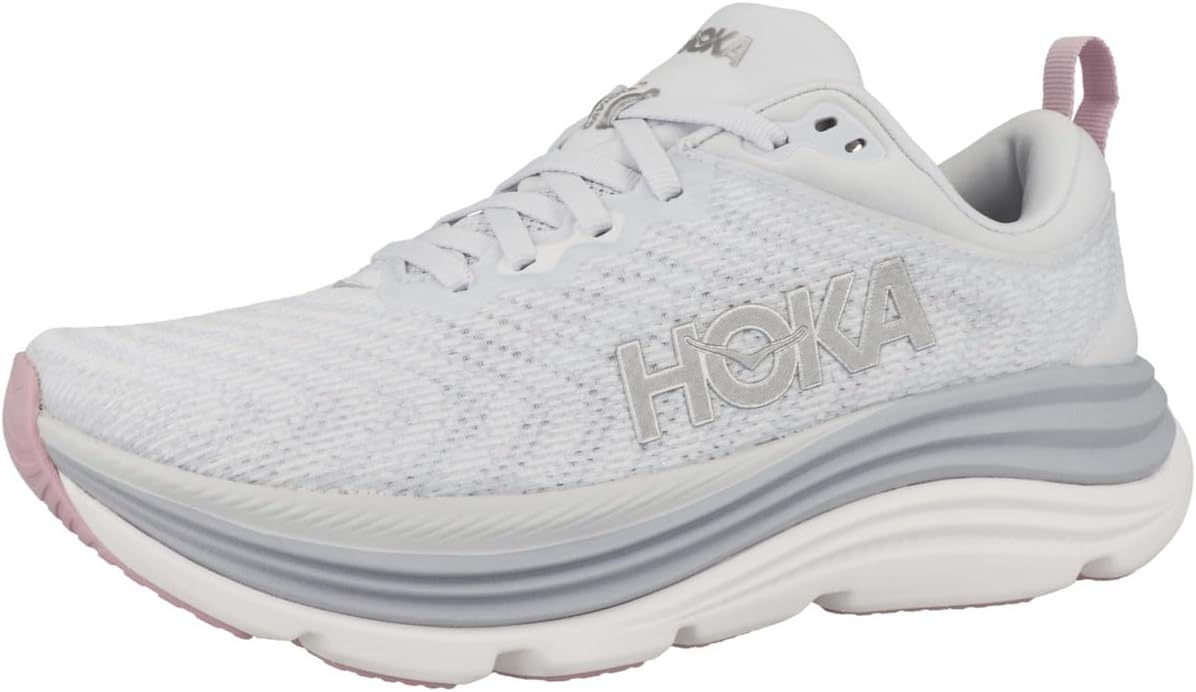
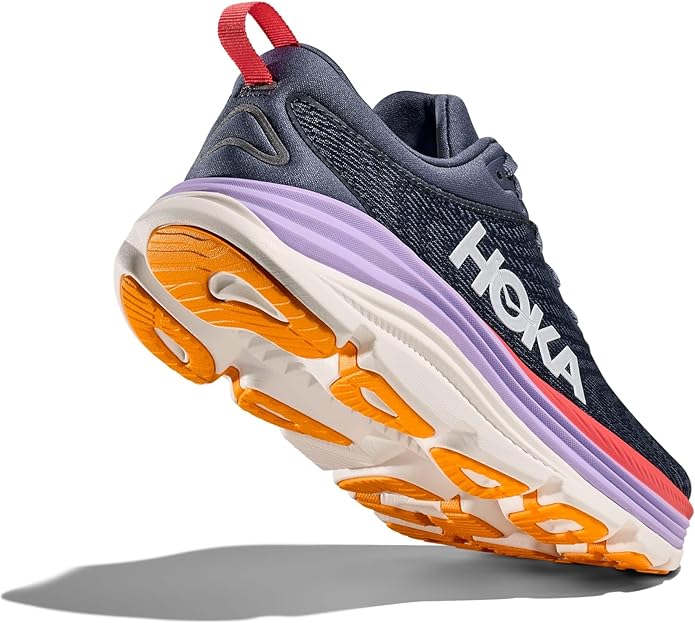
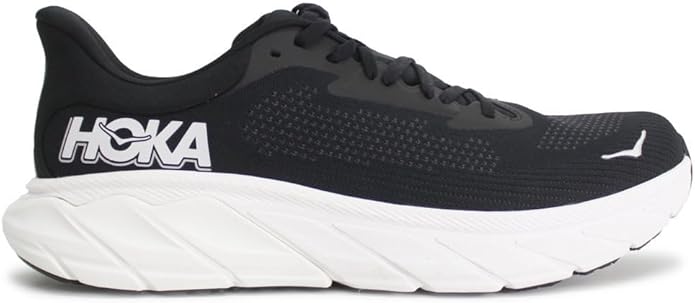
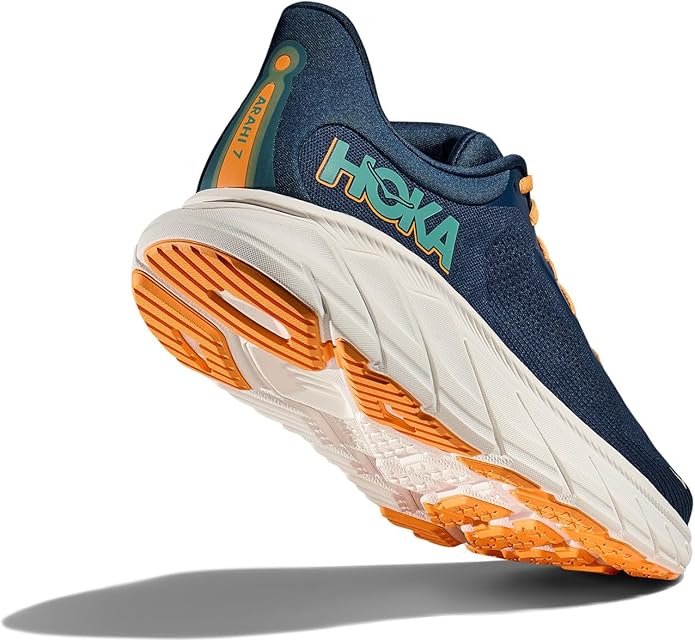

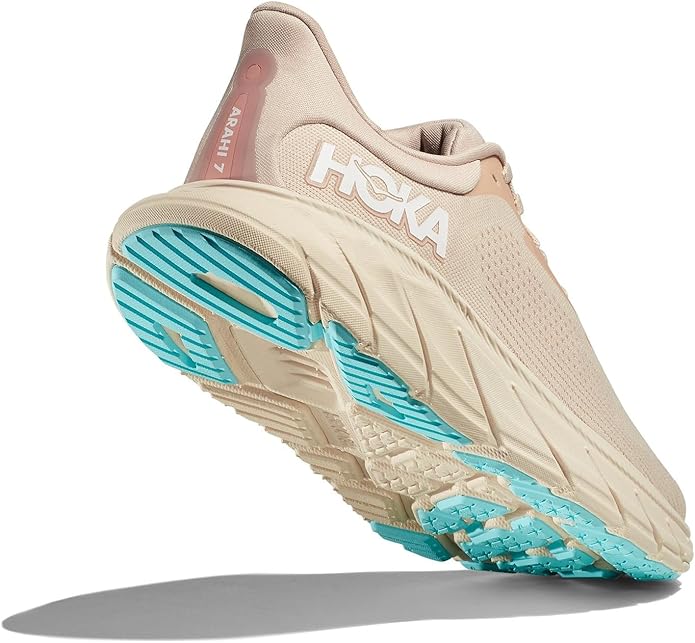
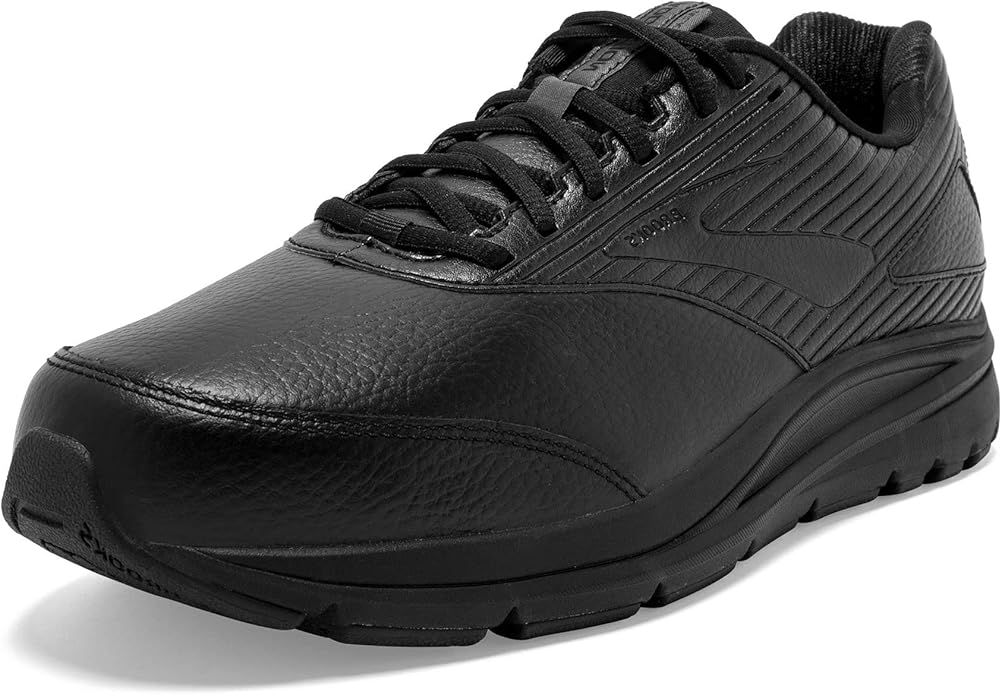
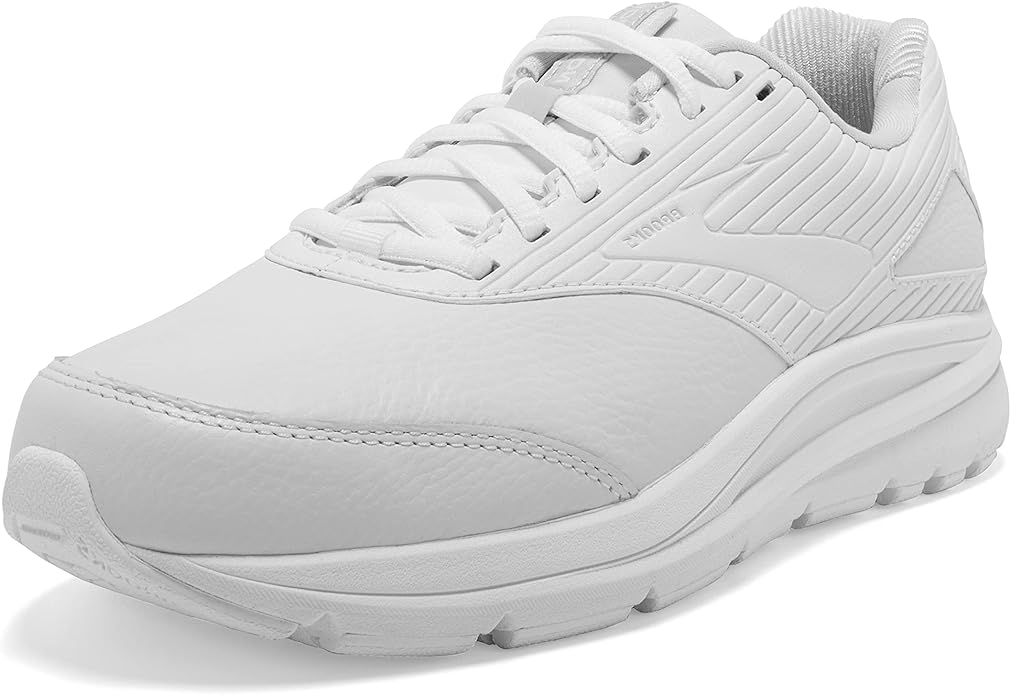
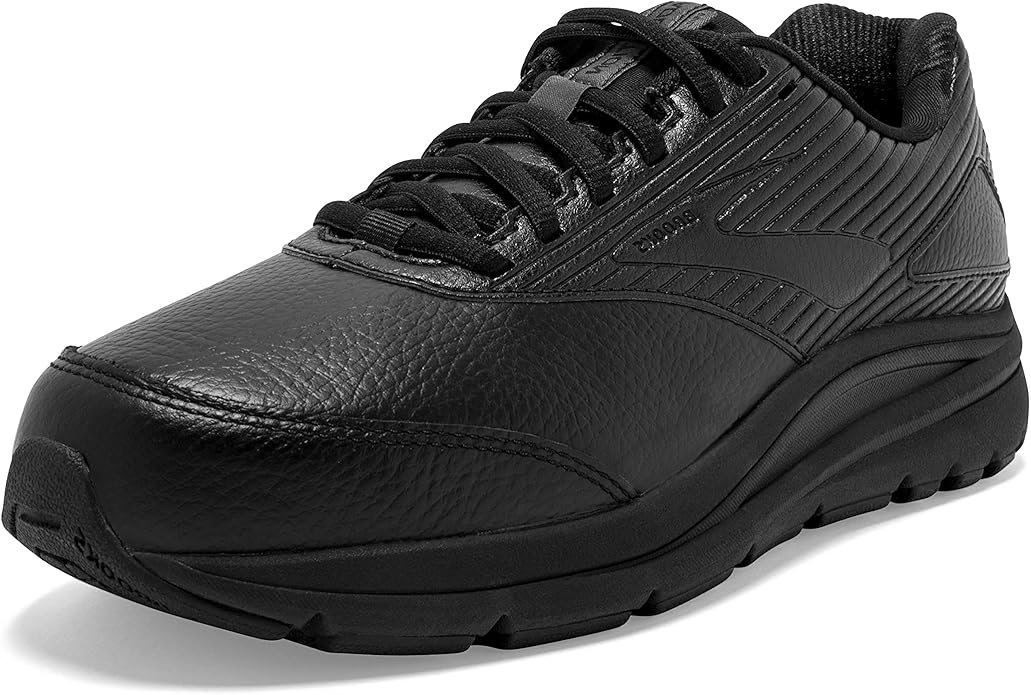
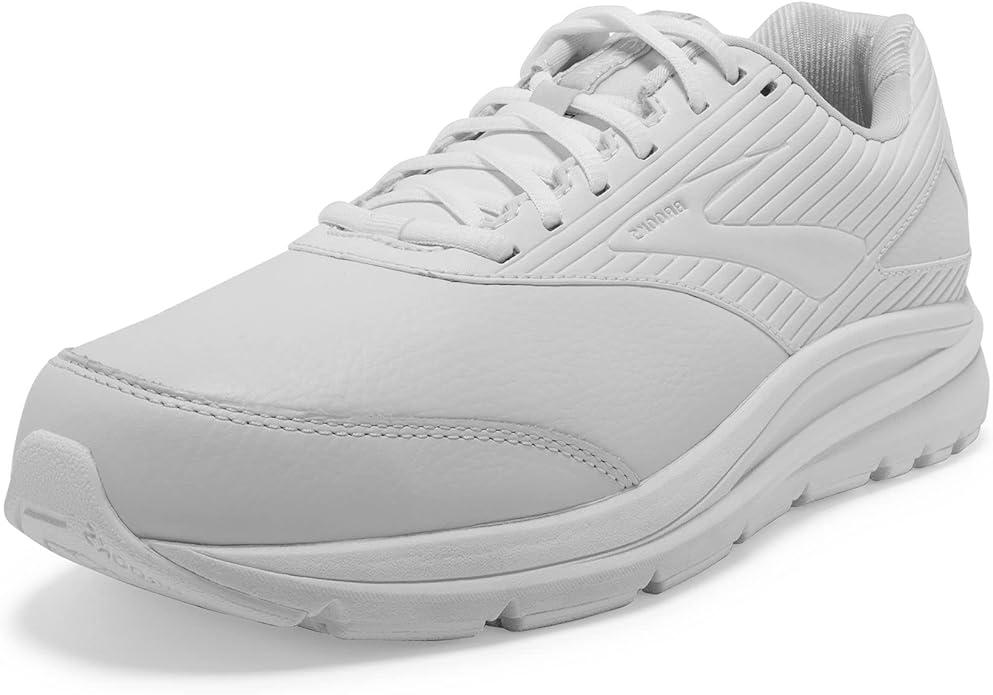
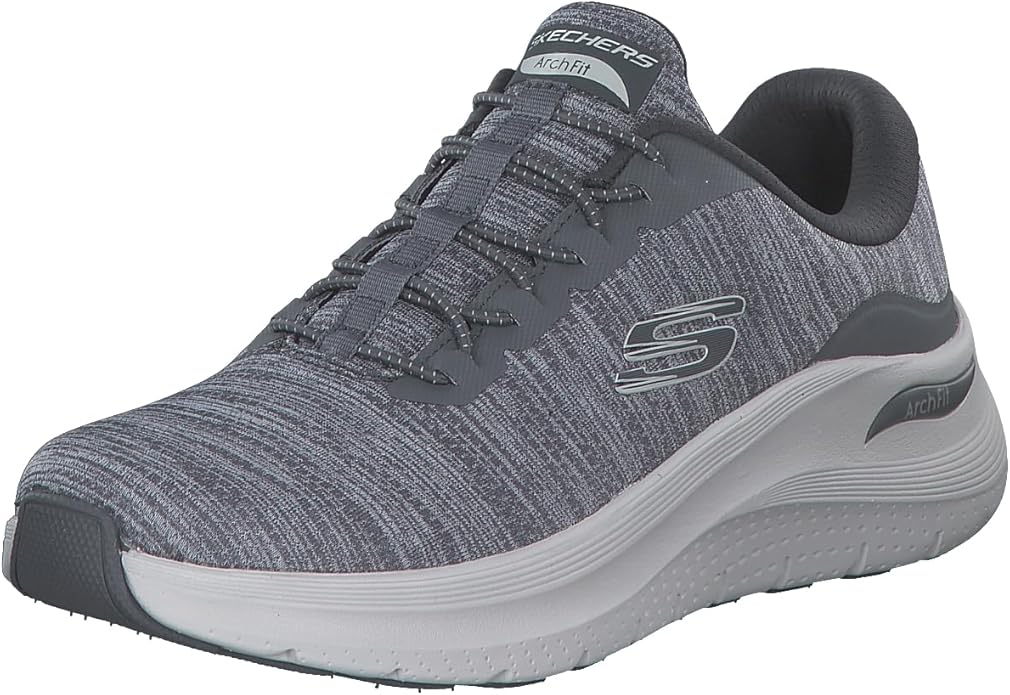
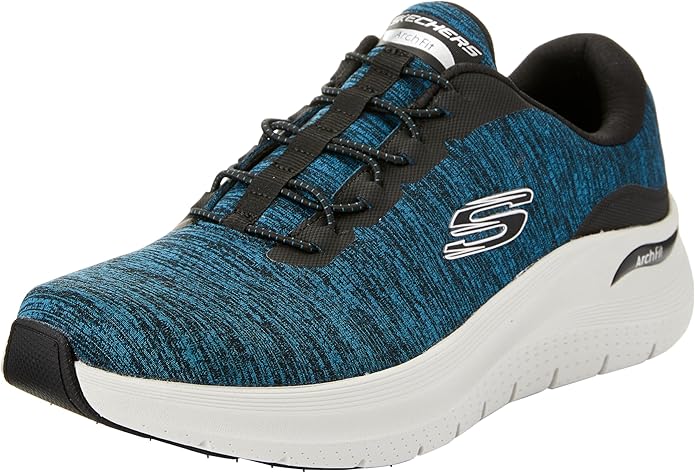
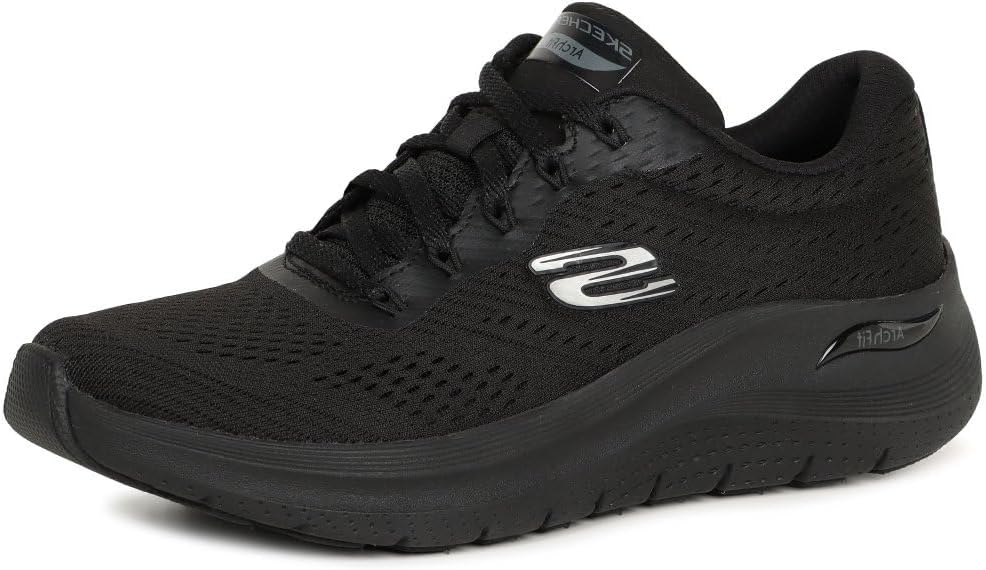
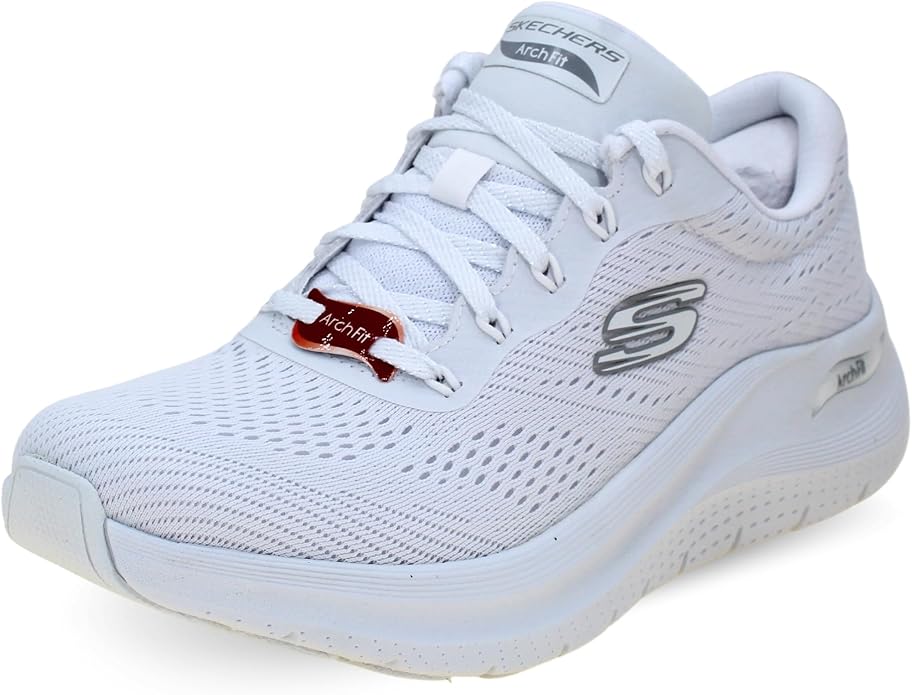
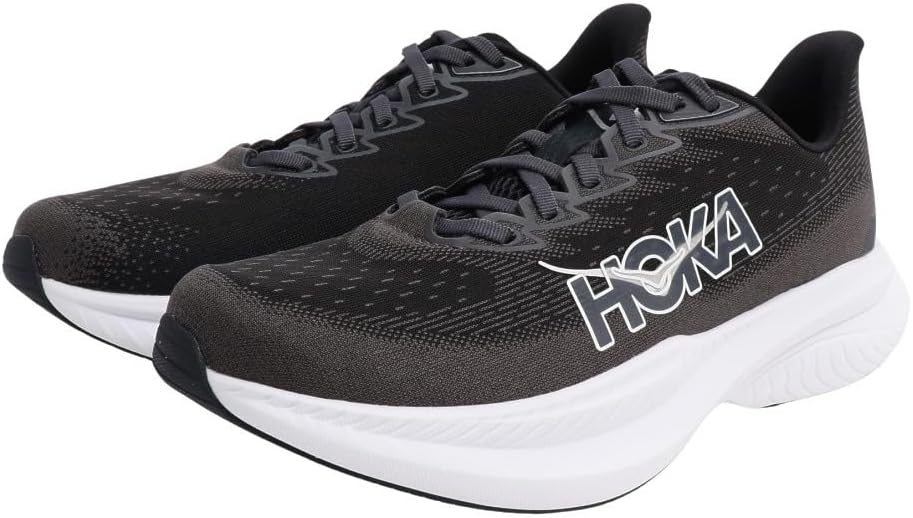
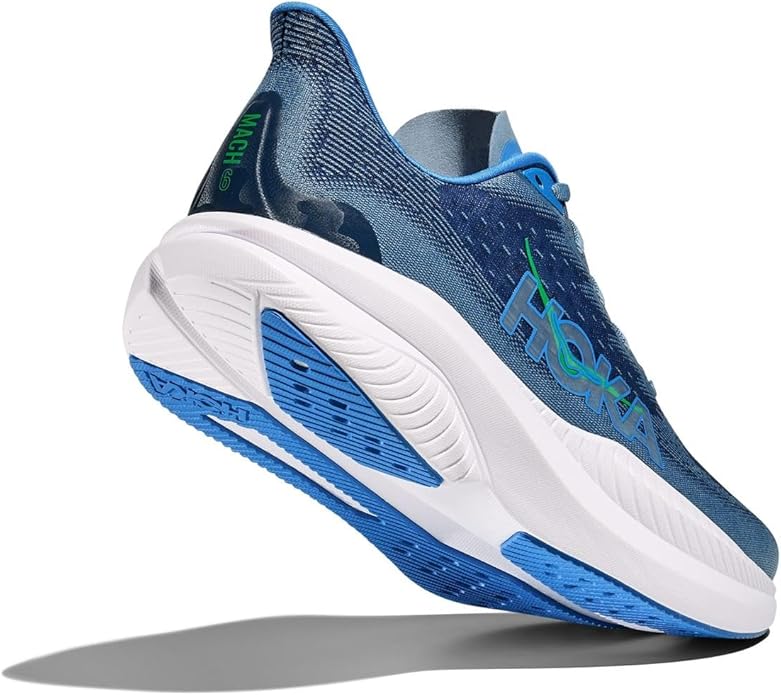
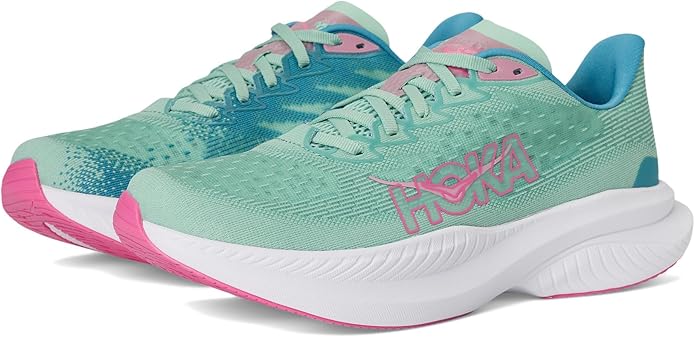
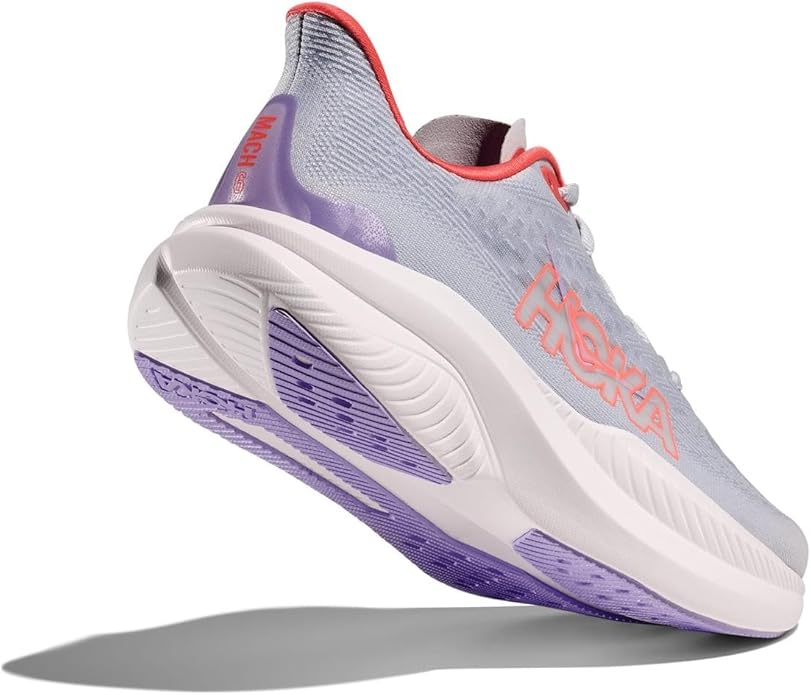


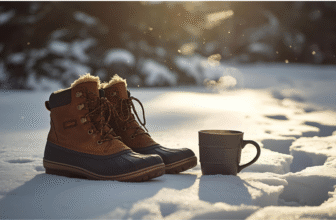
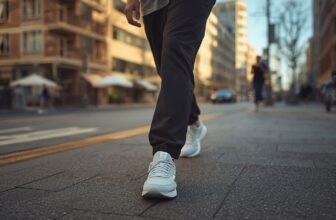
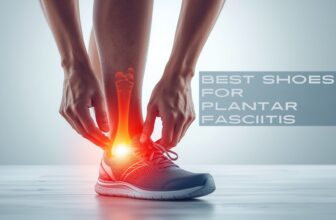
[…] 8 Best Shoes For Flat Feet in 2025 […]
[…] May be this can solve your Problem: 8 Best Shoes For Flat Feet in 2025 […]
[…] Maybe this can solve your problem: 8 Best Shoes For Flat Feet in 2025 […]
[…] Maybe this can solve your problem: 8 Best Shoes For Flat Feet in 2025 […]